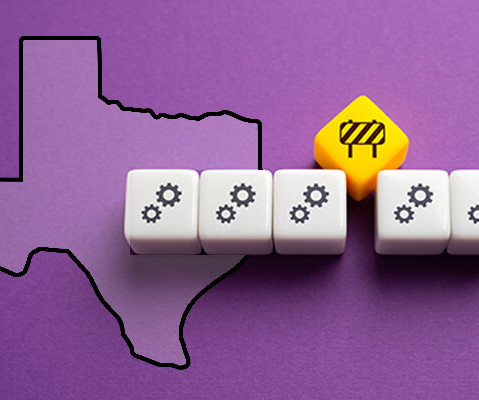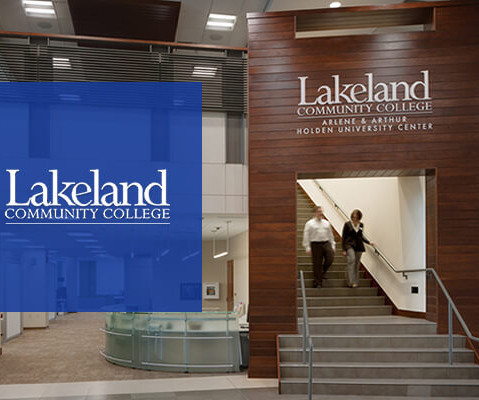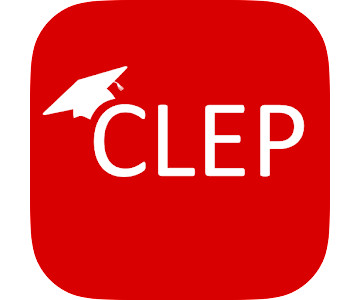Seal of Excelencia 2024
Diverse: Issues in Higher Education
NOVEMBER 5, 2024
Necessary support is provided through GANAS (Gaining Access ’AND Academic Success), an innovative access and retention program that serves community college transfer students. CSUSM gathers and analyzes disaggregated data pertaining to retention, unit completion and graduation.



















Let's personalize your content